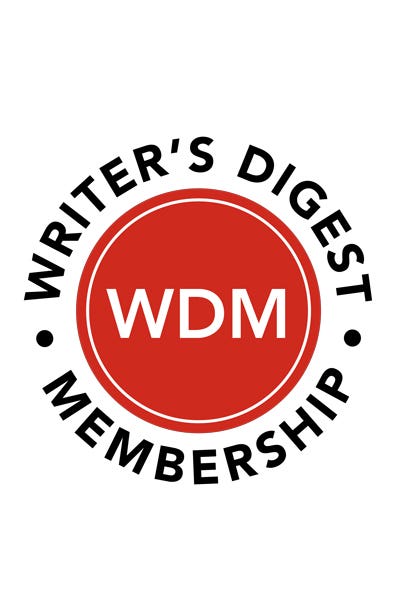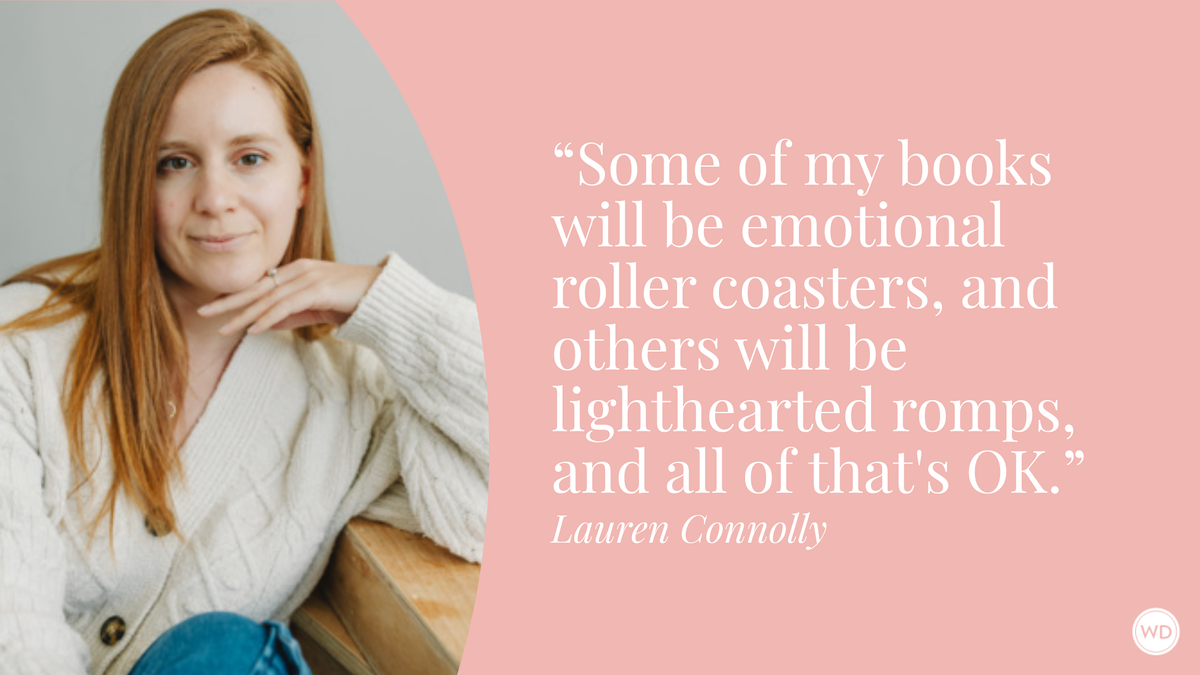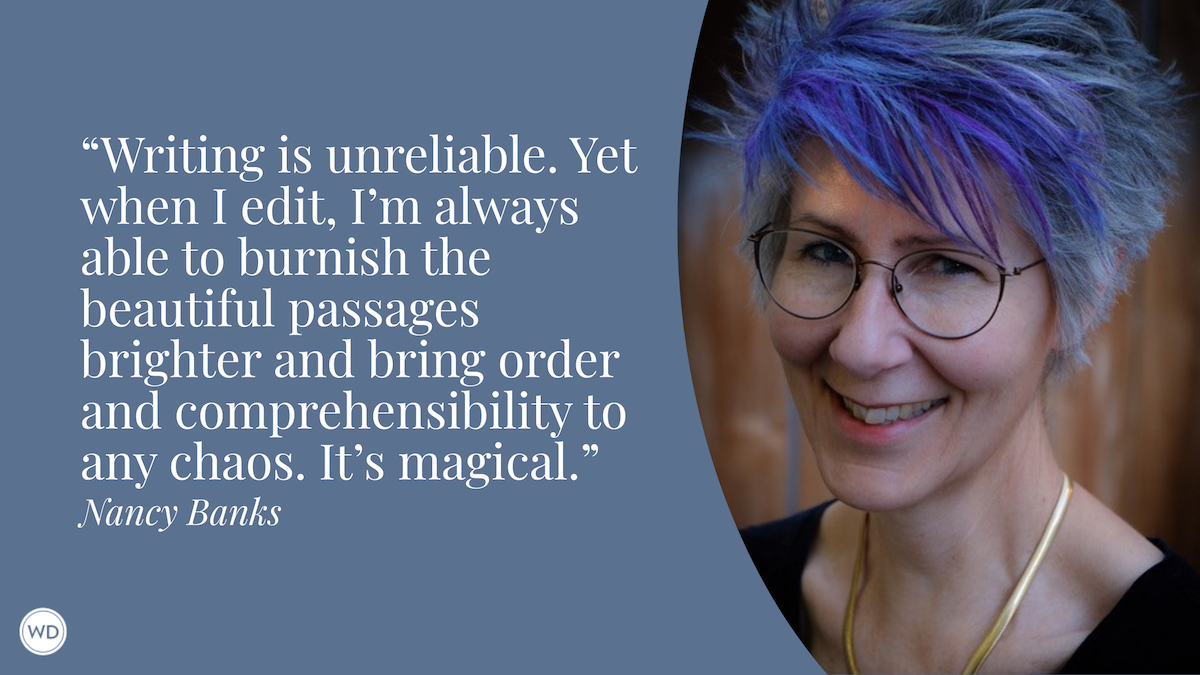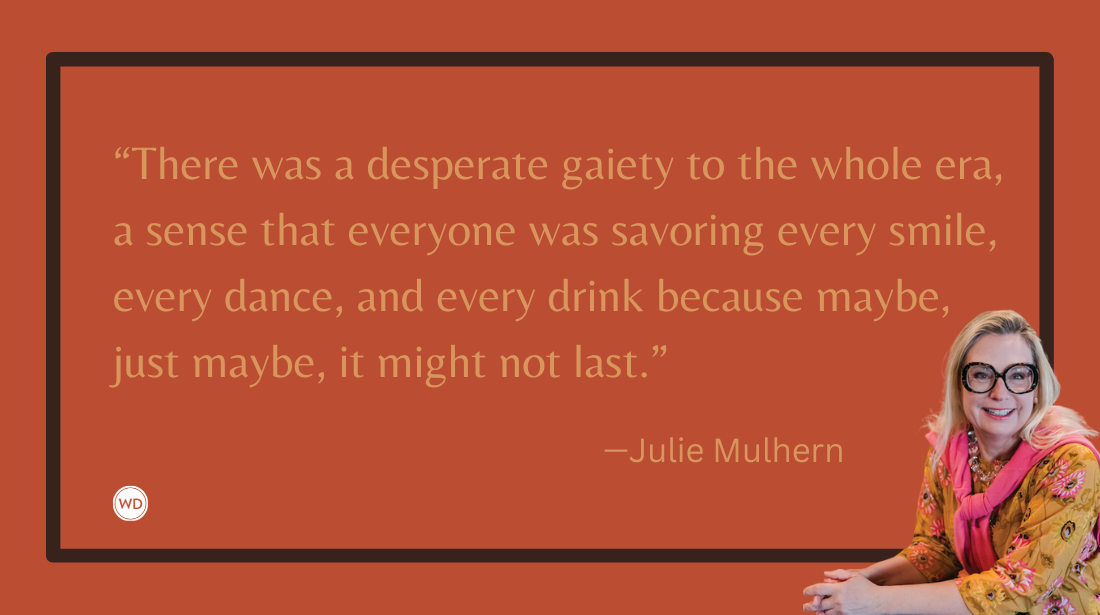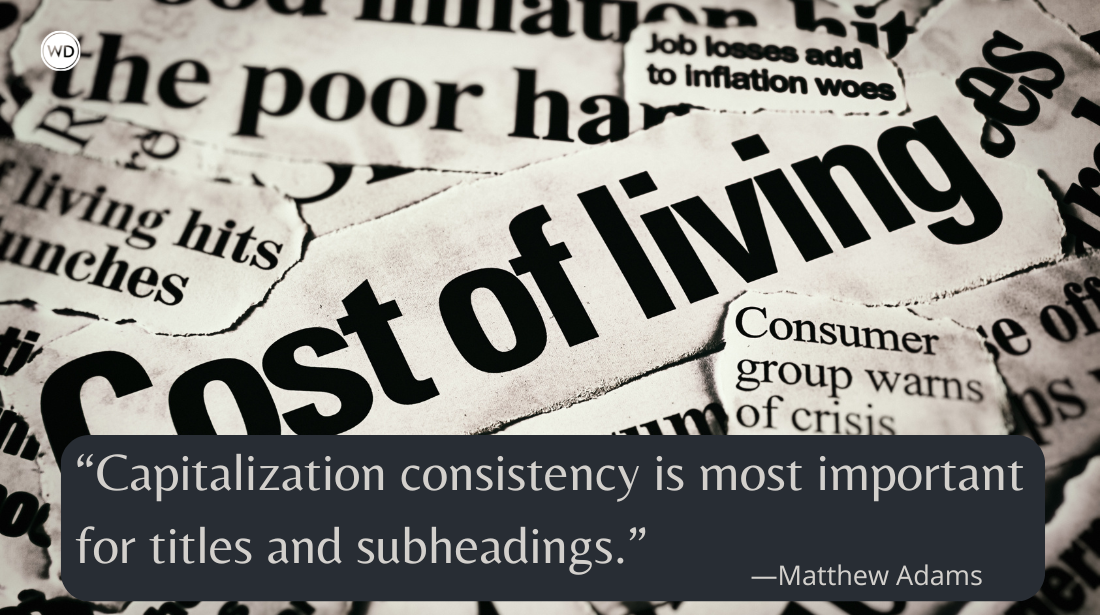How to Sell Your Picture Book
Break into this competitive and growing market with the help of writing tips and inside observations from a leading literary agent.
Pitching a picture book? Things are looking up. Although the Association of American Publishers reports that book sales in the children’s/young adult segment declined from January to October 2013, many agents observed an uptick in picture book acquisitions throughout 2013 and into 2014. By no means a perfect measure, it’s nonetheless telling that approximately 400 picture book deals were announced in Publishers Marketplace in 2013 compared to approximately 300 in 2012. Still, the market is very competitive, and going head-to-head with the classics as well as new work by high-profile authors can be daunting. It needn’t be. As a literary agent specializing in children’s fiction and nonfiction, I’d like to share some observations about the current picture book market and tips for crafting picture books that sell.
********************************************************************************************************************************
This guest post is by Lara Perkins, an associate agent and digital manager at Andrea Brown Literary Agency. She represents all categories of children’s literature, from picture books through young adult.
********************************************************************************************************************************
Know the market.
Picture books typically hit the shelves two to five years after acquisition, so predicting current acquisition trends from new releases is difficult—as is trying to capitalize on a perceived hot trend. Yet successful new releases can suggest the larger strengths and reader appeal that publishers are seeking. For example, the success of Goodnight, Goodnight, Construction Site by Sherri Duskey Rinker and Tom Lichtenheld suggests stories that infuse a lulling, dreamy bedtime sweetness into active (building, traveling) daytime play are finding an audience.
The current market also reveals strong interest in character-driven stories that have series potential (Clark the Shark by Bruce Hale and Guy Francis, new classics like Ian Falconer’s Olivia) and capture a universally relatable “kid experience” in a funny, larger-than-life way (Crankenstein by Samantha Berger and Dan Santat, The Dark by Lemony Snicket and Jon Klassen, No Fits, Nilson! by Zachariah OHora). We’re also seeing interest in off-the-wall, kid-friendly humor (Dragons Love Tacos by Adam Rubin and Daniel Salmieri, The Day the Crayons Quit by Drew Daywalt and Oliver Jeffers); stories that cleverly turn familiar relationships upside down (Nugget and Fang by Tammi Sauer and Michael Slack, Children Make Terrible Pets by Peter Brown, How to Babysit a Grandpa by Jean Reagan and Lee Wildish); and books that are seasonal but work year-round (Creepy Carrots! by Aaron Reynolds and Peter Brown, Bear Has a Story to Tell by Philip C. Stead and Erin Stead).
There’s significant interest in beautiful nonfiction picture books, biographies and others (On a Beam of Light: A Story of Albert Einstein by Jennifer Berne and Vladimir Radunsky and Nelson Mandela by Kadir Nelson).
Lovely, lyrical picture books with a hook for parents as well as kids are sought after (Once Upon a Memory by Nina Laden and Renata Liwska)—particularly for the younger set—as are innovative storytelling formats that take witty, fun narrative risks (Battle Bunny by Jon Scieszka, Mac Barnett and Matthew Myers). Many of these titles could fit more than one description as well.
Ideally, a new manuscript should share some proven strengths with recent successful picture books, while giving readers something new and fresh.
Begin with a strong idea.
Every picture book needs a plot and story structure. Even young picture books like Hervé Tullet’s Press Here, concept books, and picture books with cumulative structures like Oliver Jeffers’ Stuck or unusual formats like Battle Bunny must have tension, rising and falling action, and a satisfying final resolution.
Any story for young readers must tap into a universal childhood experience, no matter how wacky the premise. With Dragons Love Tacos, for example, hosting taco parties for dragons may not be a universal experience of childhood, but avoiding certain foods and attending parties where shenanigans ensue are. Similarly, John Rocco’s Blackout transforms a commonplace neighborhood blackout into something magical and resonant. This universality is key to winning the hearts of parents, librarians and teachers—the gatekeepers who will share your book with kids.
Childhood experiences like bedtime rituals or the first day of school are evergreen, but a fresh angle with strong kid appeal is a must. For example, many picture books deal with fear of the dark, but The Dark takes an inventive approach, personifying the dark and following the relationship arc between housemates Laszlo and the dark.
To give your story that all-important kid appeal, tell it from a child’s-eye point of view, even if your main character is a shark or President Obama. This is true even for the youngest picture books and nonfiction picture books. For example, Susan B. Katz’s and Alicia Padrón’s board book ABC Baby Me! brings readers directly into the perspective of a baby, and On a Beam of Light focuses on imagination, wonder and curiosity to bring Albert Einstein and his work to life for kids. Your main character or characters must be relatable and approach the world in a way that is recognizable to your audience.
If you’re tackling a more serious subject such as loss or grief, be honest in your treatment of the subject but keep the mood positive and reassuring for this age group. For example, the final phrase in Once Upon a Memory, “Will you remember you once were a child?” is a beautiful nod to the passage of time and inevitable end of childhood, but framed in a gentle and child-friendly way.
Keep in mind that beloved picture books are read again and again by parents and kids. For that reason, successful picture books are filled with pitch-perfect character details that readers can continue to enjoy on the 10th or 20th or 100th reading. For example, every time I read Oliver Jeffers’ This Moose Belongs to Me, I’m newly charmed by another hilarious character detail.
Craft stories that sell.
How you choose to tell your story is as important as the story you tell. Picture book texts must be lean and mean, with exceptionally tight pacing. Although word counts can soar up to 1,200–1,300 words, most picture book texts for ages 3–8 are around 250–600 words. Infant/toddler board books will be even shorter, often with just a few words per page. With no words to spare, picture books must begin in media res, with the central tension and stakes of the story or the central concept clearly evident from the opening page. For example, the first line of This Moose Belongs to Me is “Wilfred owned a moose,” which immediately establishes the central conflict and misunderstanding that drives the story.
Rhyme is understandably a hot-button issue in the picture book world, as it’s no secret that rhyming texts can be a more difficult sell in today’s market. However, skilled, creative rhyme can still sell very well (see Rinker and Lichtenheld’s Goodnight, Goodnight, Construction Site or Steam Train, Dream Train), and even editors and agents who are hesitant about rhyme may often be swayed by terrific, well-executed stanzas coupled with a strong story and characters.
Unfortunately, rhyme all too often masks larger issues with story, character or voice. If you write in rhyme, I re-commend also composing in prose to make sure the story and characters are compelling and fully drawn independent of the rhyming structure.
Whether you write in prose or rhyme, be thoughtful about rhythm and cadence, the musicality of language and the resulting effect on mood and tone. Picture books are meant to be read aloud, and Once Upon a Memory is just one example of how rhythm and cadence can enhance the mood of a story.
Similarly, because kids have an experimental, whole-hearted way of interacting with the world, having a child’s-eye-view approach to storytelling means employing a creative and playful use of language. For example, in Mostly Monsterly by Tammi Sauer and Scott Magoon, Sauer has fun using the most “monsterly” words possible: lurched, growled and especially the neologism monsterly!
Nothing is more fun for kids than getting the joke and being part of the story, so repeating jokes and phrases makes young readers feel like “insiders” in the best way. The key however is repetition with a difference, so the story remains surprising and forward moving. For example, in The Day the Crayons Quit, each crayon’s letter of complaint follows a similar format but has a different voice and delightfully surprising variations that keep readers hooked and the joke fresh.
Finally, picture books are like jazz collaborations. If the author does her best work and invites the illustrator to do the same, then the whole will be stronger, more surprising and more satisfying than the sum of its parts. For example, in The Dark, the dark gives Laszlo a gift that is never specified in the text, but the glowing illustration says it all. Making a dummy of your work can help you judge the illustration potential and visual rhythm of your story as a whole.
Know the competition—then submit.
If you’ve followed the advice above and done your best to craft a story that sells, look once again at successful new releases. Make sure you (and your beta readers) can articulate both why your picture book is likely to find an audience based on successful recent picture books and how you’re doing something new and different that still has major kid appeal. If you can, then chances are you’ve written a picture book that can sell in today’s upward-moving market.
Want to write and publish a picture book?
Check out Writing Picture-Perfect Picture Books,
a bundle of the best resources on writing and
publishing picture books. Order from our shop now
at a heavily discounted price.
Thanks for visiting The Writer's Dig blog. For more great writing advice, click here.
********************************************************************************************************************************
Brian A. Klems is the online editor of Writer's Digest and author of the popular gift bookOh Boy, You're Having a Girl: A Dad's Survival Guide to Raising Daughters.
Follow Brian on Twitter: @BrianKlems
Sign up for Brian's free Writer's Digest eNewsletter: WD Newsletter



